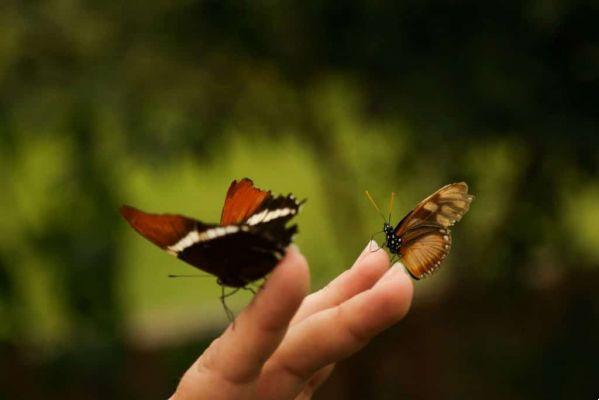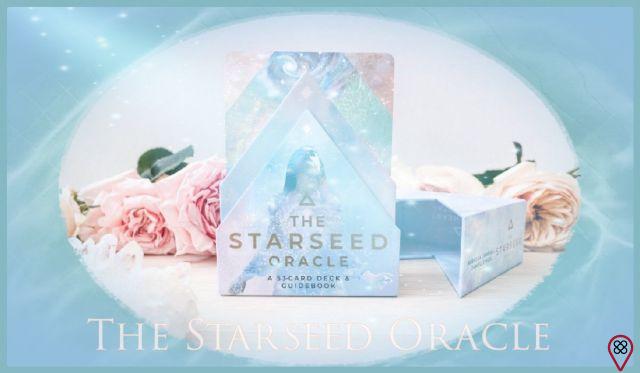Thinking about how we can do our part to prevent this vicious circle of destruction from continuing to happen, the importance of conscious consumption of products and reducing the use of disposables came to the fore, as well as a reflection on the way these products are consumed and wildly thrown out. If recycling or at least separating recyclable waste has never been an interesting topic for you or for the people in your home, this is the perfect time to start being. The concern is real and our planet needs as much help as possible to slow the pace of its deterioration.
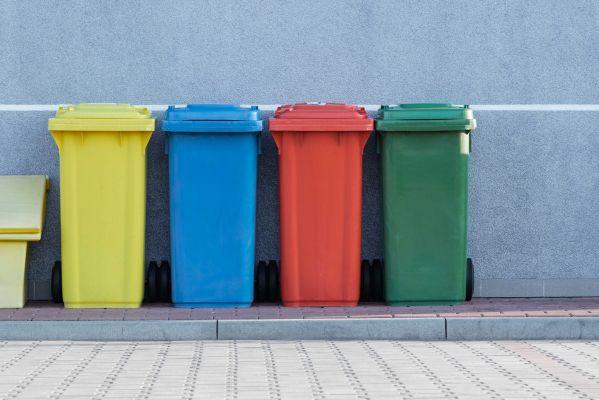
Among the various biodegradable, recyclable and recycled or reusable products, a wave of alternatives to the conventional absorbent, usually used for a few hours and then discarded to be part of the tons of daily garbage that cities produce, has been seeking space on social networks to conquer consumers and disseminate information about its use and its benefits to women and the environment. To remain in favor of sustainability even during menstruation, biodegradable, organic, sustainable sanitary pads were created…
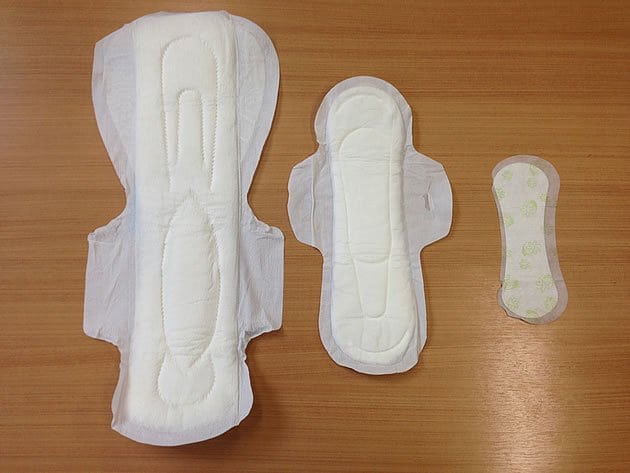
According to Anvisa (National Health Surveillance Agency), the common sanitary pads, used worldwide by women, have in their structure a polymeric screen cover (which allows organic waste to pass), a structural support cover, made of fiber of cellulose, and an absorbent core, composed of plastic polymers, cotton and, inside it, the so-called absorbent gel, made of sodium polyacrylate, a substance capable of absorbing a very large amount of water. In addition to filling landfills, where they will take about 500 years to decompose, incineration - which would be the other likely alternative for disposal - generates toxic gases and releases dioxin, chlorine and other potentially harmful substances into nature.
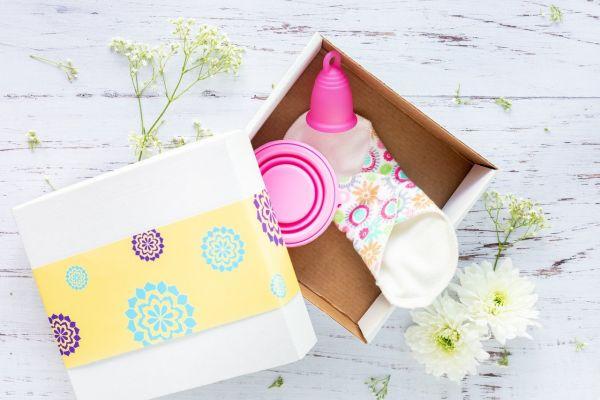
More and more alternatives to this product are coming to the Spanish market. Adopting them means making peace with the environment and contributing to its preservation. Many of these alternatives are even more comfortable for the woman herself and do not harm her health at all. In case you can't easily find menstrual items considered ecological, a good start is to research better when buying, taking a look at the components of the available pads, as there are tampons and pads with less plastics and chemicals. British brand Natracare pads, available in health food stores and on the internet, deliver what they promise: made with organic cotton, they are biodegradable and hypoallergenic. However, there are reports that the product breaks down more easily than usual and that there may be some leaks. In addition, the price is high compared to absorbents that have plastic in their composition.
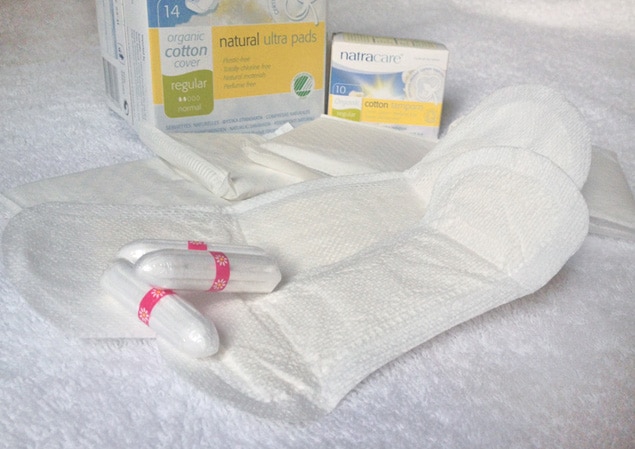
The menstrual cup is one of the most famous alternatives on the internet and its advertisements appear on networks such as Facebook. Made of hypoallergenic silicone, the cup is basically a reusable, antibacterial, body-adjustable cup that can go up to 12 hours without being emptied, depending on your menstrual flow. When the collector is full, it needs to be washed before being reused. Its durability is from four to ten years, depending on the care of the product.
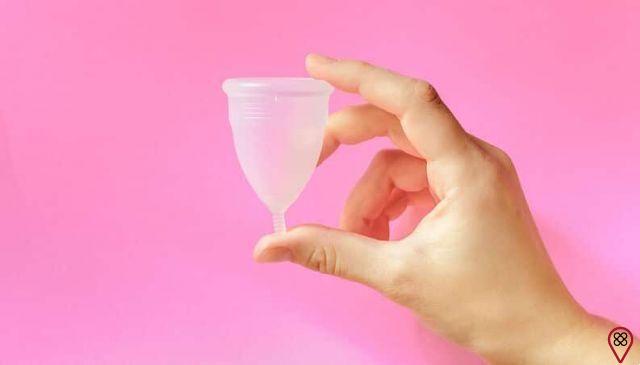
For those looking for comfort and practicality, menstrual panties are the solution. It is a panty that retains menstrual blood without letting anything leak, because it has several layers. In España, the Pantys brand is responsible for the production and sale of these reusable, hygienic and sustainable products. Another method, one of the oldest in relation to menstruation, is the use of cloth pads. Like the cup and panties, they need to be washed before using again, which can be a problem for some women who are not used to dealing with menstrual blood so directly.
You might also like:
- Discover the projects aimed at cleaning rivers and beaches
- Menstrual cycle
- What is sorority? 10 points for feminism!
Leaving taboos and prejudices aside, it is worth testing at least some of the methods mentioned above, for the good of the planet. Who knows, maybe one of them is perfect for your need and becomes your new best friend in those days? Take the test, prove it and, above all, do your part.





















